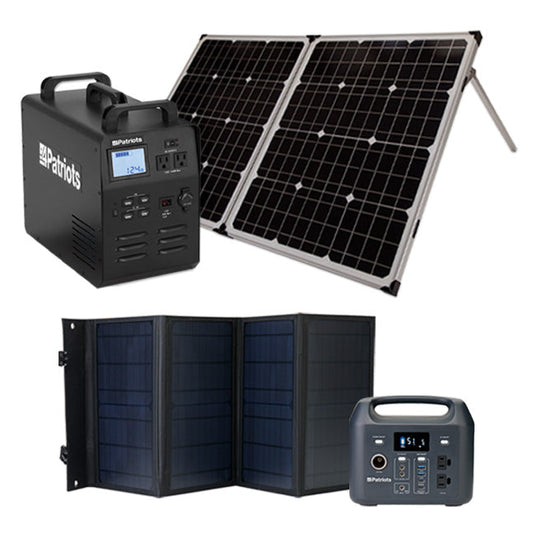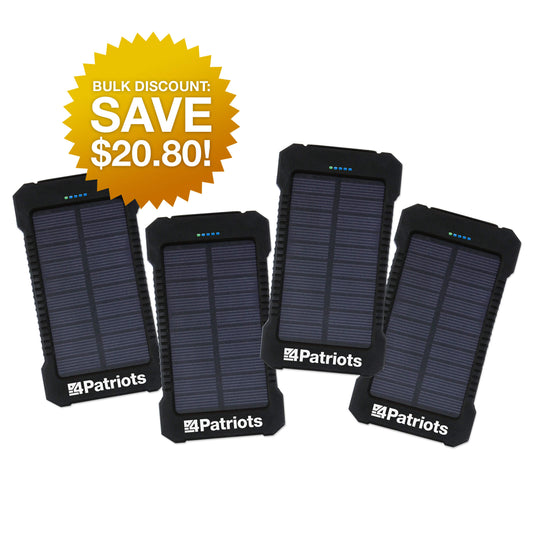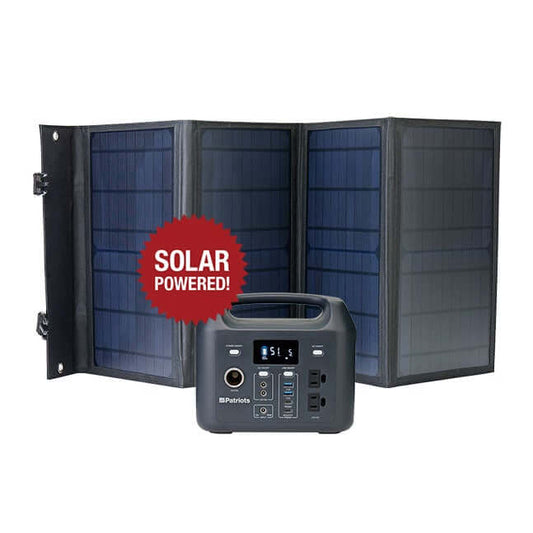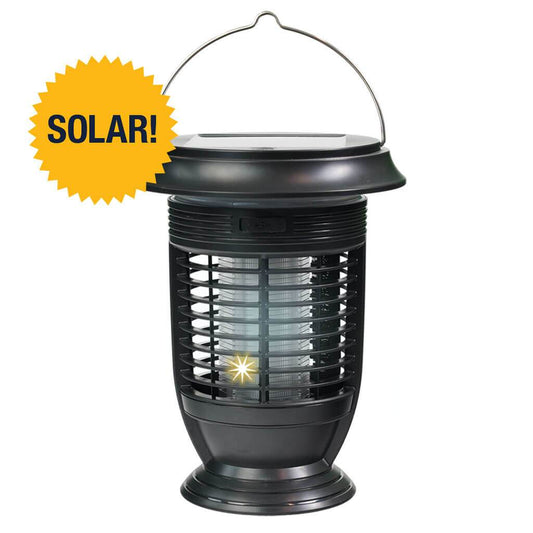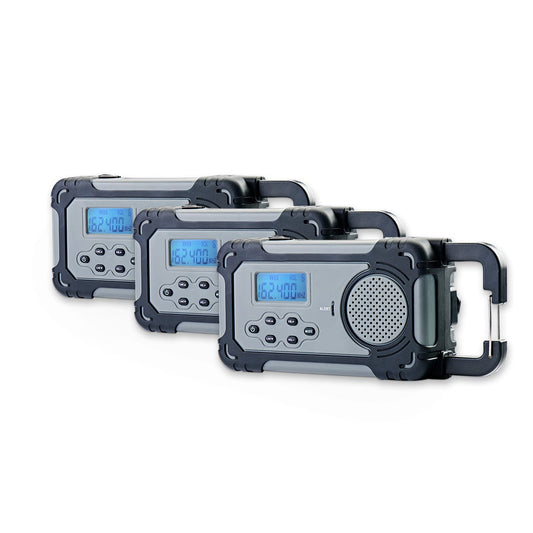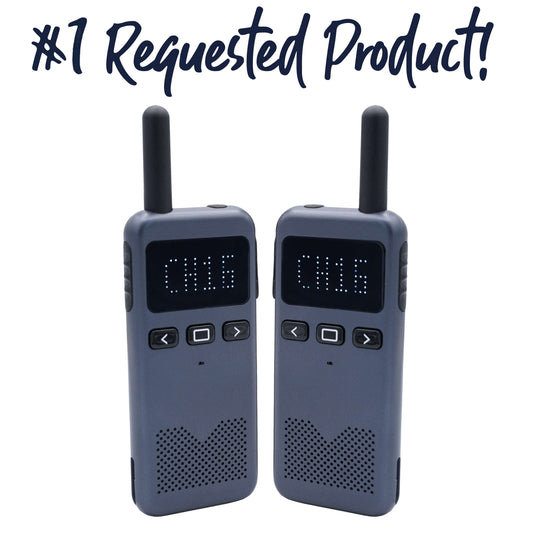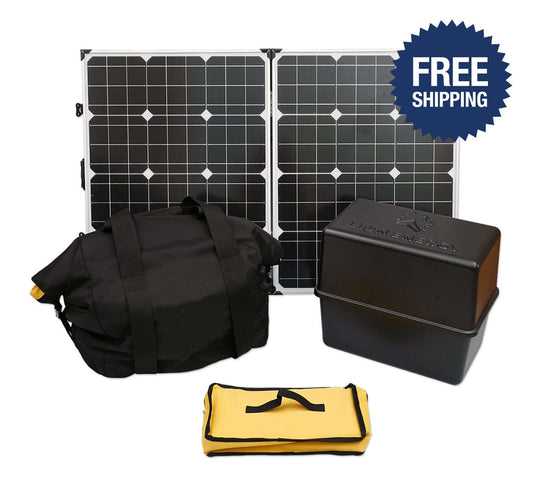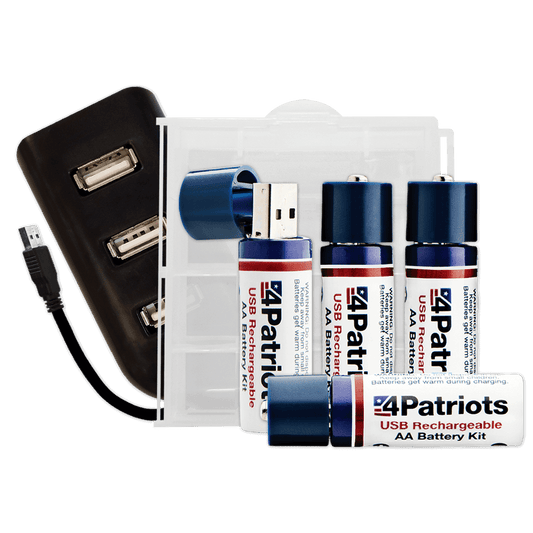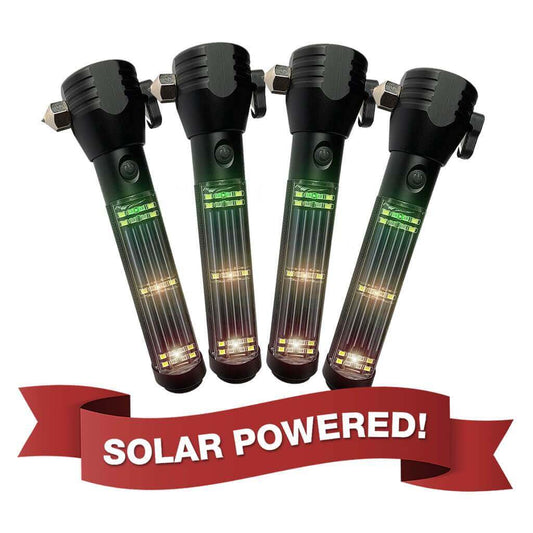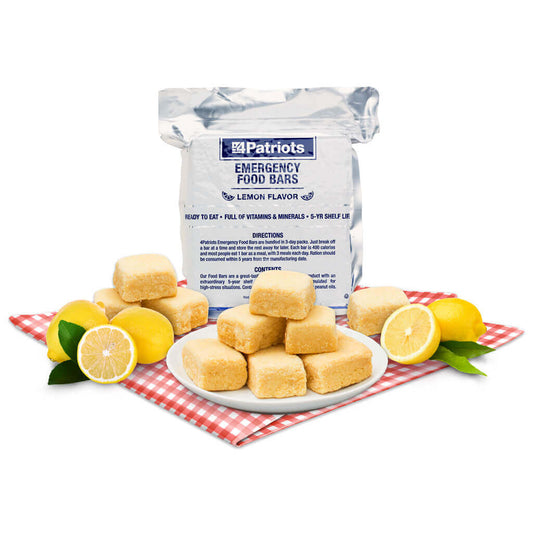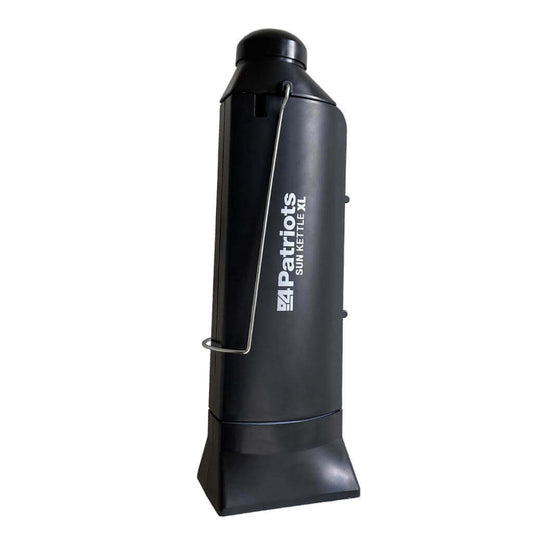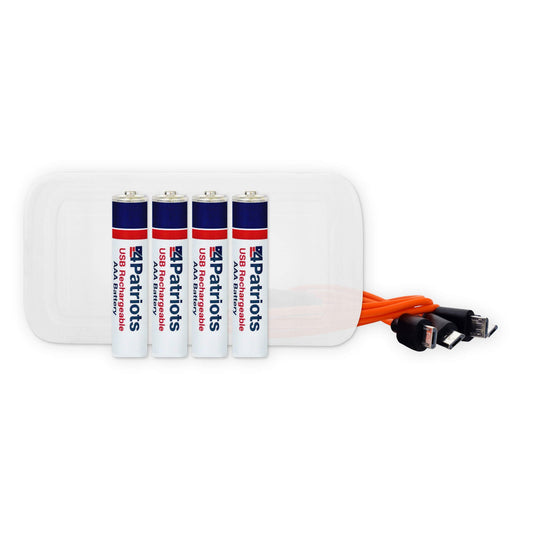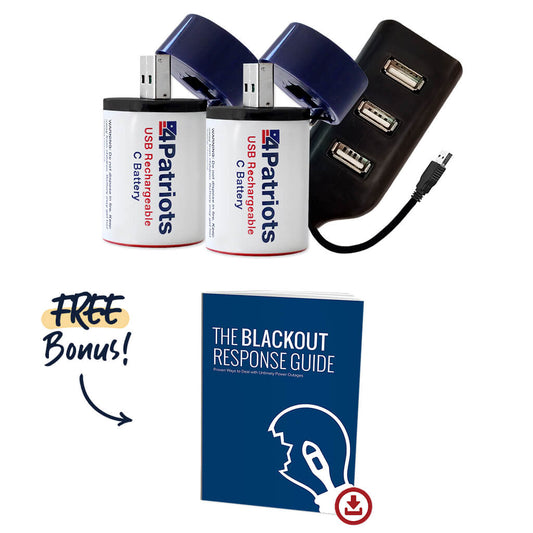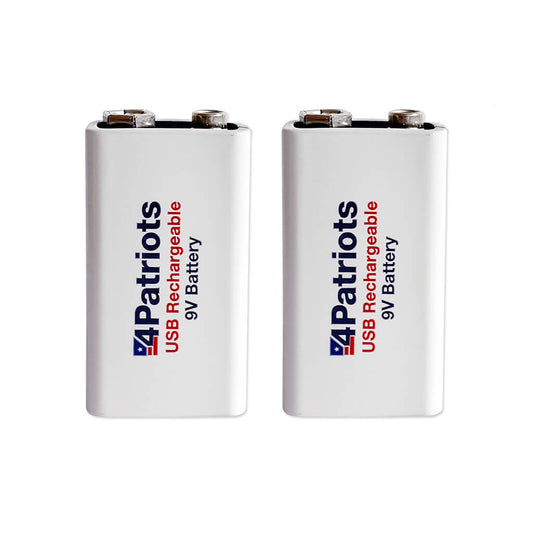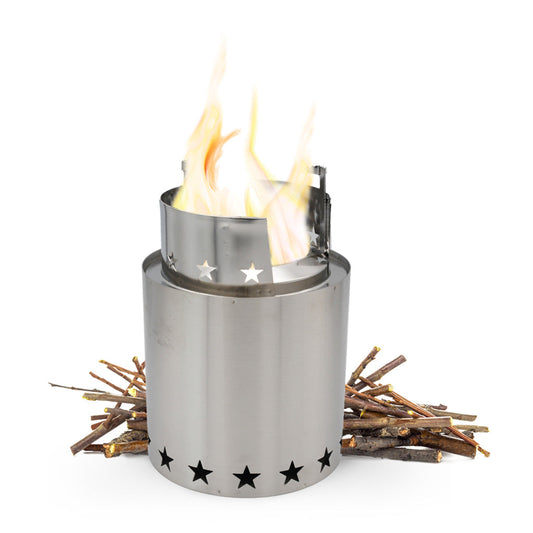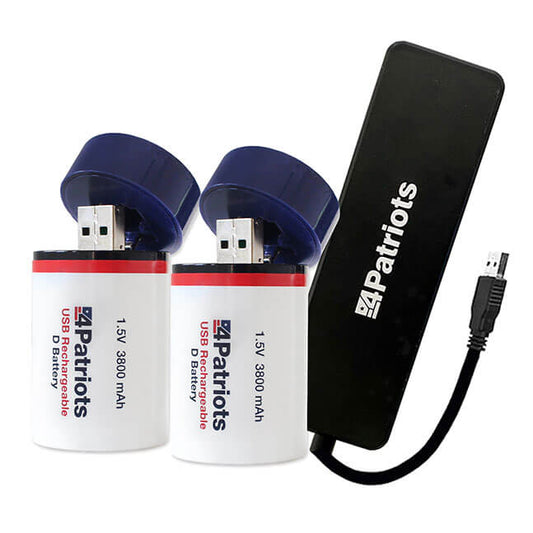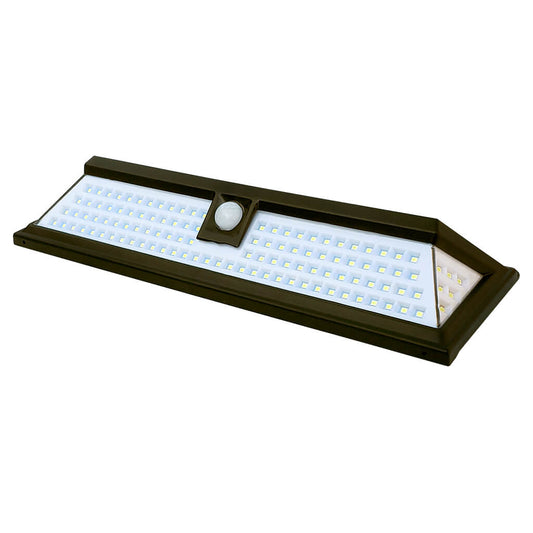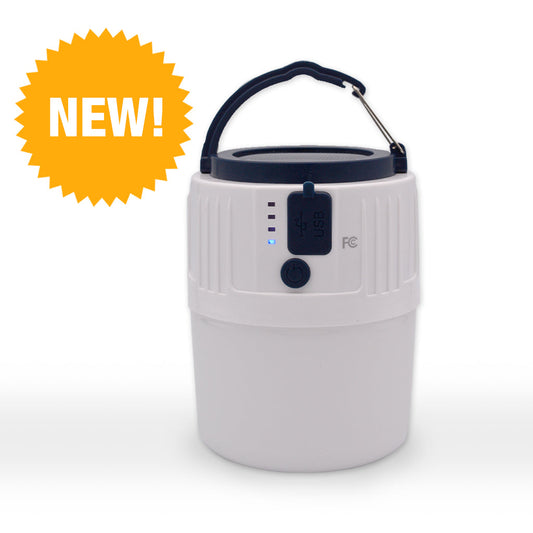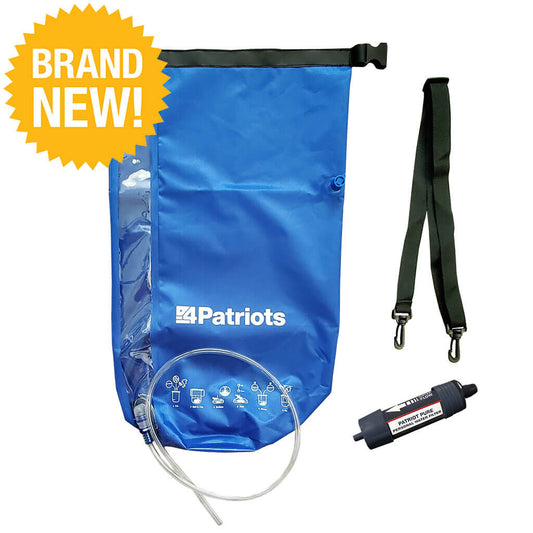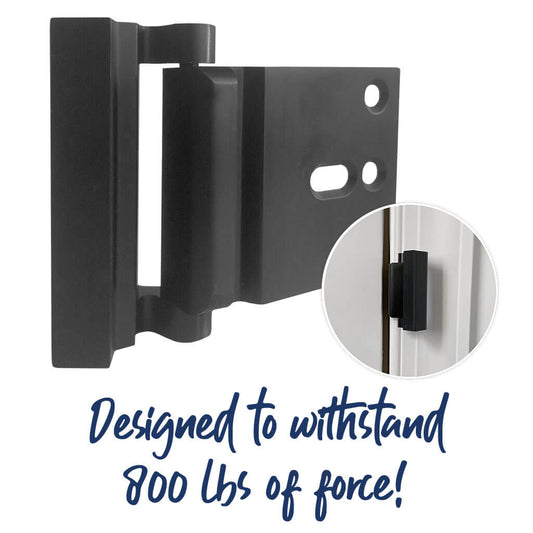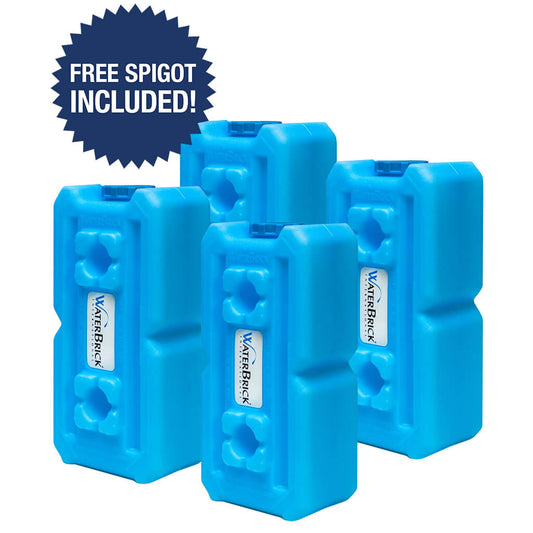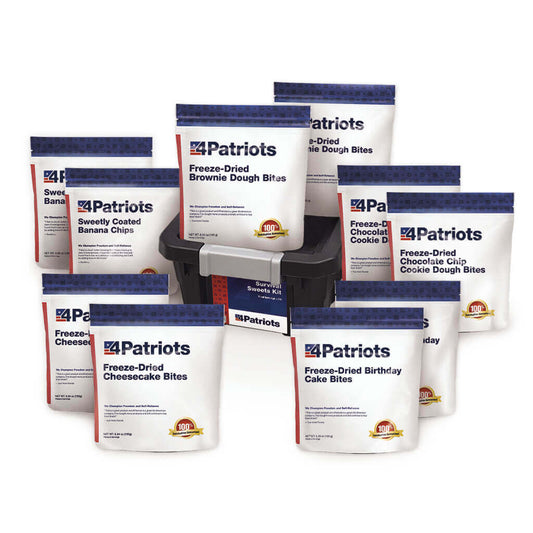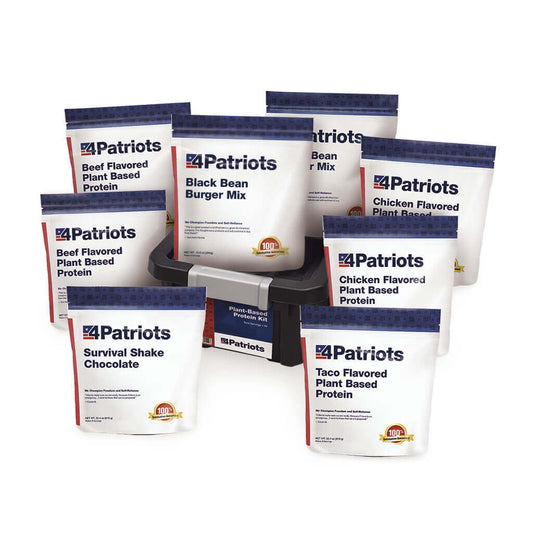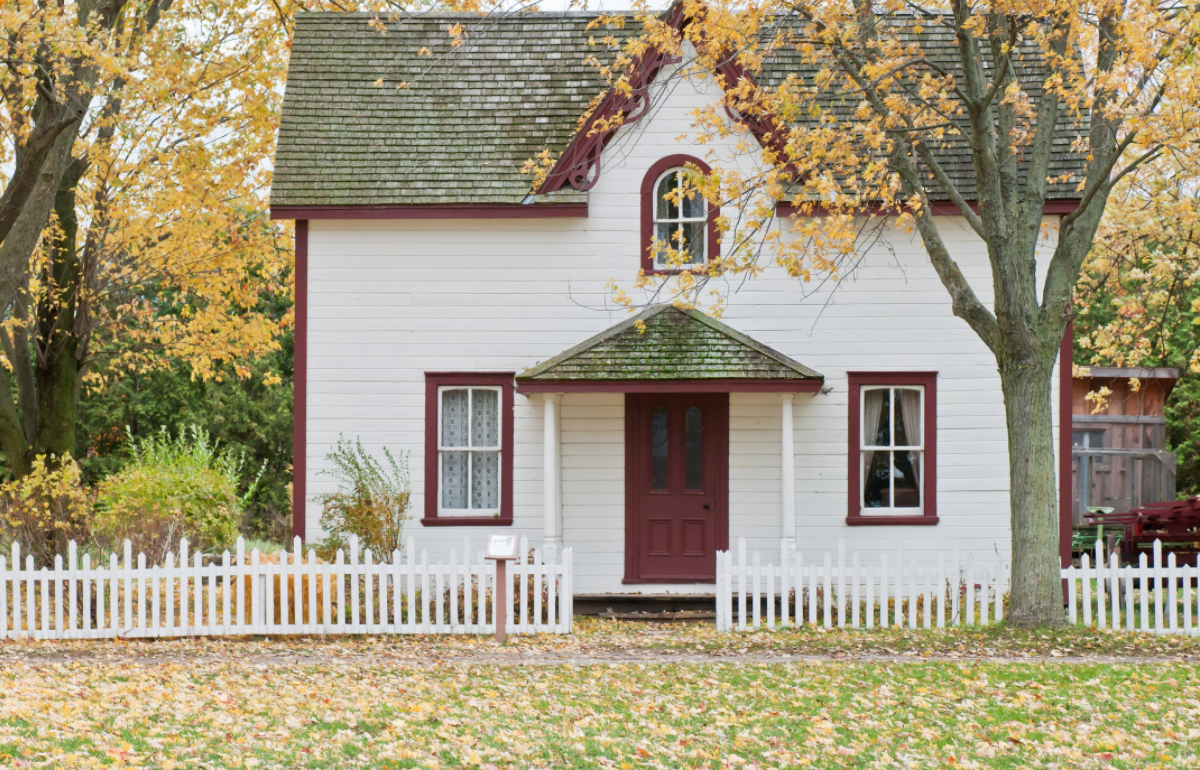
Cade’s Corner: Fortify Your Castle

Home invasion occurs when intruders force their way into an occupied home, apartment or hotel room to commit a robbery or other crimes. Tactics have become increasingly brutal, with a third of all home invasions turning physically violent, often leading to rape, torture or murder. It is especially frightening because it’s a life-threatening situation involving attacks on our person, family and our right to live in a secure environment in the one place that we think of as our sanctuary.
There are approximately 8,000 home invasions every day. One in five homeowners can expect to experience some type of home invasion. Home invasion now accounts for one in four robberies, since the traditional targets like gas stations and convenience stores have initiated plans that make less cash available, and not worth the trouble for professional criminals.
Technological advances in security have allowed commercial/residential establishments to install affordable video surveillance systems, silent alarms and other anti-crime deterrent devices. That said, there are several low-tech things that you can do to help fortify your dwelling.
Fortifying the Castle
Point of Entry
While in the field, there were many times our op required days or even weeks to complete, such that we had to set up defensive positions. The first rule of defense is to limit vulnerabilities. If we were holed up in a cave or had our backs against a mountain, we chose locations that would force any would-be attackers to come at us from limited directions. This also applies when securing your home, so that the opportunity to violate it is limited. Remote garage doors are easily activated with a master opener, and thieves can drive up and down a block to see which doors open with their device. Side doors often have fewer locks than the front door and many glass sliding doors can be simply lifted off their tracks.
Of course, while we were in the field, we always had at least one of us on security watch, focusing on the place where the threat was most likely to come. For the home, lighting and motion detectors can be used as sentries. Exterior defense, such as outdoor lighting that makes a clear, lighted perimeter of 100 feet, forces the home invaders to attempt only the front door. A security door or grate that remains closed while the main front door is open is the best way not to be tricked by the fake deliveryman scheme. In lieu of that, exterior cameras are inexpensive sentries to install, letting you know who is knocking on your door before you open it. Even a dummy camera, not actually wired, makes home invaders think twice.
Be a Good Neighbor: Once you establish that a neighbor can be a trusted ally, they can be one of the very best deterrents to potential crime at your residence.
- Get to know all your adjacent neighbors
- Each side of your home and the three directly across the street
- Invite them into your home and establish trust
- Agree to watch out for each others’ homes
- Allow a neighbor to have a key
- This solves the problem of hiding a key outside the door where most experienced criminals will find them
- Do small tasks for each other to improve relationships
- While on vacation, pick up newspapers, packages and flyers for each other
- Offer to occasionally park your car in their driveway
- Return the favor and communicate often
- Establish a neighborhood watch.
Exterior Lighting: Good lighting is definitely a deterrent to criminals because they don't want to be seen or identified.
- Attempt to light the entire perimeter of your home/apartment
- Bright enough for you to see 100 feet, and it helps if you can identify colors
- Use good lighting along the pathway and at your door
- Use light timers or photocells to turn on/off lights automatically
- The practice of leaving the garage or porch lights turned on all day on a single family home is a dead giveaway that you are out of town
- Use infrared motion sensor lights on the rear of a single family home.
Doors and Locks: Most forced entries are made via the front, back or garage doors. Experienced burglars know that the garage door is usually the weakest point of entry, followed by the back door.
- Use a solid core or metal door for all entrance points
- Use a quality, heavy-duty, deadbolt lock with a one-inch throw bolt
- High quality Grade-1 or Grade-2 locks on exterior doors resist twisting, prying and lock-picking attempts
- Use a quality, heavy-duty, knob-in-lock set with a dead-latch mechanism
- Use a heavy-duty, four-screw strike plate with 3-inch screws to penetrate into a wooden doorframe
- Lightweight moldings are often tacked on to the doorframe and can be torn away with a firm kick
- Use a wide-angle, 160° peephole mounted no higher than 58 inches.
Sliding-Glass Patio Doors: Particularly vulnerable to being forced open from the outside because of inherently defective latch mechanisms.
- Use a secondary blocking device on all sliding glass doors
- Keep the latch mechanism in good condition and properly adjusted
- Keep sliding door rollers in good condition and properly adjusted
- Use anti-lift devices such as through-the-door pins or upper track screws
- Use highly visible alarm decals, beware of dog decals or block watch decal.
Windows: Unfortunately, these are left unlocked and open at a much higher rate than doors. An open window, visible from the street or alley, may be the sole reason for your home to be selected for entry.
- Secure all accessible windows with secondary blocking devices
- Block accessible windows open no more than 6 inches for ventilation
- Make sure someone cannot reach through an open window and unlock the door
- Make sure someone cannot reach inside the window and remove the blocking device
- Use anti-lift devices to prevent windows from being lifted out
- The least expensive and easiest method is to install screws halfway into the upper track of the movable glass panel to prevent it from being lifted out in the closed position.
- Use crime prevention or alarm decals on ground-accessible windows.
Interior Lighting: Interior lighting is necessary to show signs of life and activity inside a residence at night. A darkened home night after night sends the message to burglars that you are away on a trip.
- Use light timers on a daily basis, not just when you are away
- Light timers are best used near front and back windows with the curtains closed to simulate actual occupancy
- Light timers can also be used to turn on radios or television sets to further enhance the illusion of occupancy.
Alarm Systems: Effective, if used properly.
- Alarm systems are effective deterrents with visible signage
- The deterrent value comes from the alarm company lawn sign and from the alarm decals on the windows, generally causing criminals to bypass a property with visible alarm signs and go to another property without such a sign.
- Alarm systems to be properly installed, programmed and maintained
- Consider adding a front door camera to your system
- If you don’t add an active camera system, the use of a “dummy” camera can also be a very effective tool
- Alarm systems need to have an audible horn or bell to be effective
- Make sure your alarm response call list is up to date
- Instruct your neighbor how to respond to an alarm bell.
Dogs: can be one of the most useful deterrents to someone thinking about breaking into your home. A barking dog, even a smaller one, is about as inviting to an intruder as a shotgun being pointed at their face.
BE A SURVIVOR, NOT A STATISTIC!
Cade Courtley
Former Navy SEAL / 4Patriots Contributor
Featured Products
- Regular price
- From $799
- Regular price
-
- Sale price
- From $799
- Unit price
- per
- Regular price
- $249
- Regular price
-
- Sale price
- $249
- Unit price
- per
- Regular price
- $2,497
- Regular price
-
$3,194 - Sale price
- $2,497
- Unit price
- per
- Regular price
- $2,499
- Regular price
-
$2,994 - Sale price
- $2,499
- Unit price
- per
- Regular price
- From $29.95
- Regular price
-
$119.80 - Sale price
- From $29.95
- Unit price
- per
- Regular price
- $2,499
- Regular price
-
- Sale price
- $2,499
- Unit price
- per
- Regular price
- $499
- Regular price
-
- Sale price
- $499
- Unit price
- per
- Regular price
- $29
- Regular price
-
- Sale price
- $29
- Unit price
- per
- Regular price
- $2,796
- Regular price
-
- Sale price
- $2,796
- Unit price
- per
- Regular price
- $29.95
- Regular price
-
- Sale price
- $29.95
- Unit price
- per
- Regular price
- $97
- Regular price
-
- Sale price
- $97
- Unit price
- per
- Regular price
- $4,999
- Regular price
-
- Sale price
- $4,999
- Unit price
- per
- Regular price
- $49.95
- Regular price
-
- Sale price
- $49.95
- Unit price
- per
- Regular price
- From $69
- Regular price
-
- Sale price
- From $69
- Unit price
- per
- Regular price
- $201
- Regular price
-
- Sale price
- $201
- Unit price
- per
- Regular price
- From $90.97
- Regular price
-
$129.95 - Sale price
- From $90.97
- Unit price
- per
- Regular price
- $999
- Regular price
-
- Sale price
- $999
- Unit price
- per
- Regular price
- $29.95
- Regular price
-
- Sale price
- $29.95
- Unit price
- per
- Regular price
- From $29.50
- Regular price
-
$30.99 - Sale price
- From $29.50
- Unit price
- per
- Regular price
- $129
- Regular price
-
- Sale price
- $129
- Unit price
- per
- Regular price
- From $27
- Regular price
-
$399.80 - Sale price
- From $27
- Unit price
- per
- Regular price
- $3,494
- Regular price
-
- Sale price
- $3,494
- Unit price
- per
- Regular price
- From $199
- Regular price
-
$205.50 - Sale price
- From $199
- Unit price
- per
- Regular price
- $99.95
- Regular price
-
- Sale price
- $99.95
- Unit price
- per
- Regular price
- $29.95
- Regular price
-
- Sale price
- $29.95
- Unit price
- per
- Regular price
- $8.99
- Regular price
-
$29.95 - Sale price
- $8.99
- Unit price
- per
- Regular price
- $99.95
- Regular price
-
- Sale price
- $99.95
- Unit price
- per
- Regular price
- $29.95
- Regular price
-
- Sale price
- $29.95
- Unit price
- per
- Regular price
- $59.95
- Regular price
-
- Sale price
- $59.95
- Unit price
- per
- Regular price
- $11.98
- Regular price
-
$29.95 - Sale price
- $11.98
- Unit price
- per
- Regular price
- $44.95
- Regular price
-
$44.95 - Sale price
- $44.95
- Unit price
- per
- Regular price
- $24.95
- Regular price
-
$49.95 - Sale price
- $24.95
- Unit price
- per
- Regular price
- $114.95
- Regular price
-
- Sale price
- $114.95
- Unit price
- per
- Regular price
- $189
- Regular price
-
- Sale price
- $189
- Unit price
- per
- Regular price
- $499
- Regular price
-
- Sale price
- $499
- Unit price
- per
- Regular price
- $59.95
- Regular price
-
- Sale price
- $59.95
- Unit price
- per
- Regular price
- $39.95
- Regular price
-
- Sale price
- $39.95
- Unit price
- per
- Regular price
- $59.95
- Regular price
-
- Sale price
- $59.95
- Unit price
- per
- Regular price
- $19.95
- Regular price
-
- Sale price
- $19.95
- Unit price
- per
- Regular price
- $99.95
- Regular price
-
- Sale price
- $99.95
- Unit price
- per
- Regular price
- $69
- Regular price
-
- Sale price
- $69
- Unit price
- per
- Regular price
- $14.27
- Regular price
-
$21.95 - Sale price
- $14.27
- Unit price
- per
- Regular price
- $149.95
- Regular price
-
- Sale price
- $149.95
- Unit price
- per
- Regular price
- $79.95
- Regular price
-
- Sale price
- $79.95
- Unit price
- per
- Regular price
- $39.95
- Regular price
-
- Sale price
- $39.95
- Unit price
- per
- Regular price
- $114.95
- Regular price
-
- Sale price
- $114.95
- Unit price
- per
- Regular price
- $39.95
- Regular price
-
- Sale price
- $39.95
- Unit price
- per
- Regular price
- $99.95
- Regular price
-
- Sale price
- $99.95
- Unit price
- per
- Regular price
- $24.95
- Regular price
-
- Sale price
- $24.95
- Unit price
- per
- Regular price
- $24.95
- Regular price
-
- Sale price
- $24.95
- Unit price
- per






